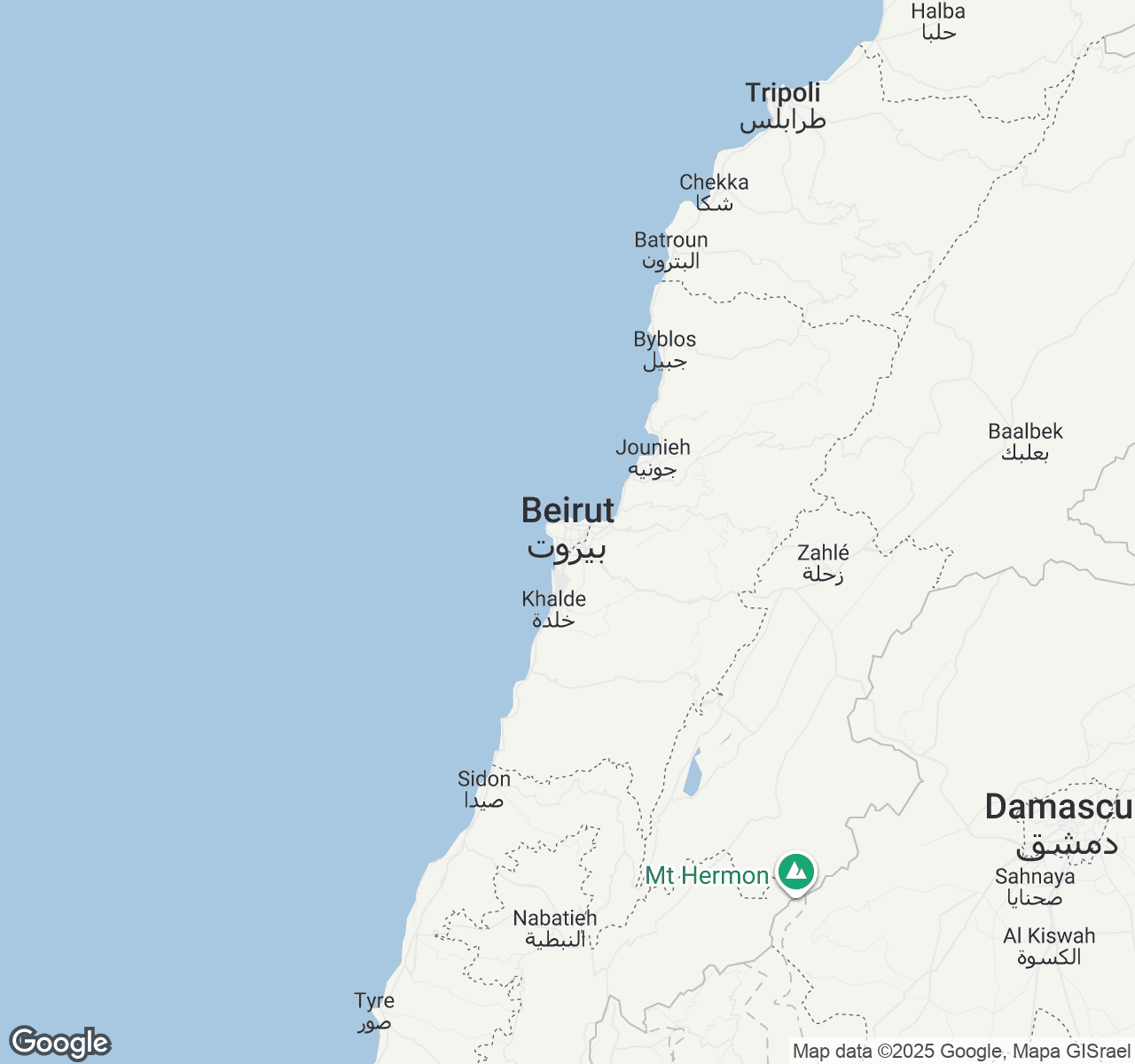
Things to Do in Beirut
Discover the best of Beirut
Plan Your Trip
Essential guides for timing and budgeting
Top Things to Do in Beirut
Discover the best activities and experiences. Book now with our trusted partners and enjoy hassle-free adventures.
Your Guide to Beirut
About Beirut
Where the Mediterranean whispers against ancient shores and the phoenix of resilience rises eternally from history's ashes, Beirut beckons with an intoxicating blend of old-world charm and cosmopolitan energy. This is a city where Roman ruins stand sentinel beside gleaming high-rises, where the call to prayer mingles with jazz spilling from rooftop bars, and where the scent of jasmine and grilled lamb dances through narrow souks and trendy boulevards alike. In Beirut, every cobblestone tells a story of civilizations past, while every café buzzes with the animated conversations of a people who've mastered the art of living fully despite—or perhaps because of—history's trials. Here, time moves to the rhythm of backgammon tiles clicking in sidewalk cafés, the gentle lapping of waves against the Corniche, and the warm laughter that echoes through neighborhoods where hospitality isn't just tradition—it's a way of life.
Travel Tips
Transportation: Use ride-hailing apps like Careem or Uber rather than traditional taxis, which often lack meters. Service taxis (shared minibuses) along fixed routes cost around $0.50-1 but can be crowded. Avoid driving due to chaotic traffic and limited parking in central areas.
Money: Carry both US dollars and Lebanese pounds, as many establishments accept both. ATMs dispense USD and LBP, but check daily exchange rates as they fluctuate significantly. Credit cards work in upscale venues, but cash is preferred in souks and local restaurants.
Cultural Respect: Dress modestly when visiting religious sites—cover shoulders and knees. Lebanon is religiously diverse, so be respectful of different practices. Tipping 10-15% is customary in restaurants. Learning basic Arabic greetings like 'Ahlan wa sahlan' (welcome) is greatly appreciated by locals.
Food Safety: Stick to busy restaurants with high turnover for the freshest mezze and grilled meats. Tap water is generally safe in Beirut, but bottled water is recommended. Try street food from popular vendors, especially manakish and shawarma from established spots recommended by locals.
When to Visit
Beirut shines brightest during spring (March-May) and autumn (September-November), when temperatures hover between 20-25°C (68-77°F) and rainfall is minimal. These shoulder seasons offer 20-30% lower accommodation prices compared to peak summer. March brings the Beirut International Film Festival, while May hosts the busy Baalbek International Festival's opening events. Summer (June-August) draws the largest crowds with temperatures reaching 30-35°C (86-95°F) and virtually no rainfall, making it perfect for beach clubs and rooftop dining. However, expect 40-50% higher prices and crowded attractions. The annual Beirut Art Fair occurs in September, coinciding with pleasant 25-28°C weather. Winter (December-February) sees temperatures drop to 10-15°C (50-59°F) with moderate rainfall (80-120mm monthly), but offers the most authentic local experience and lowest prices—up to 50% off peak rates. January's snow in nearby mountains creates impressive day-trip opportunities. For culture enthusiasts, visit during autumn's festival season. Beach lovers should target June-September, while budget travelers will find exceptional value in winter months despite occasional rainy days.

Beirut location map